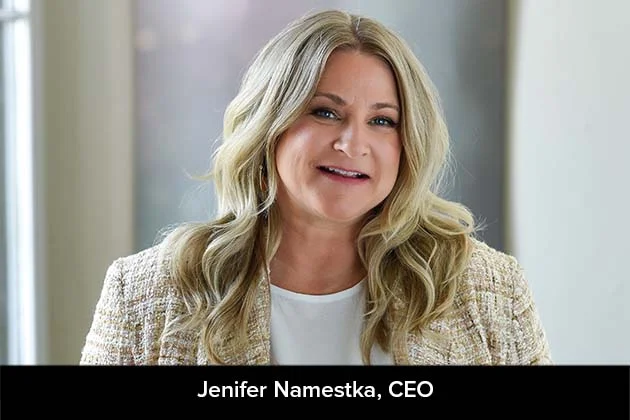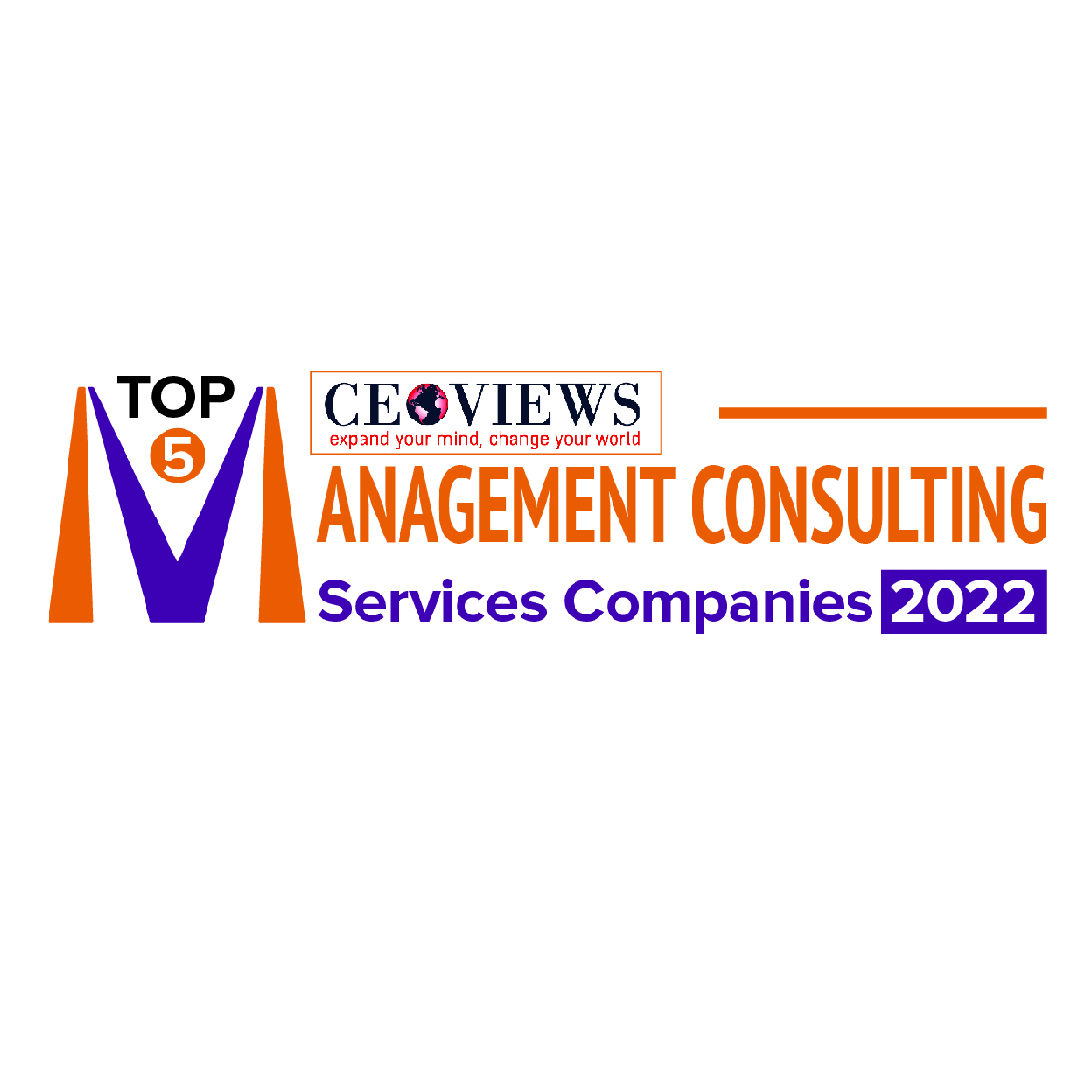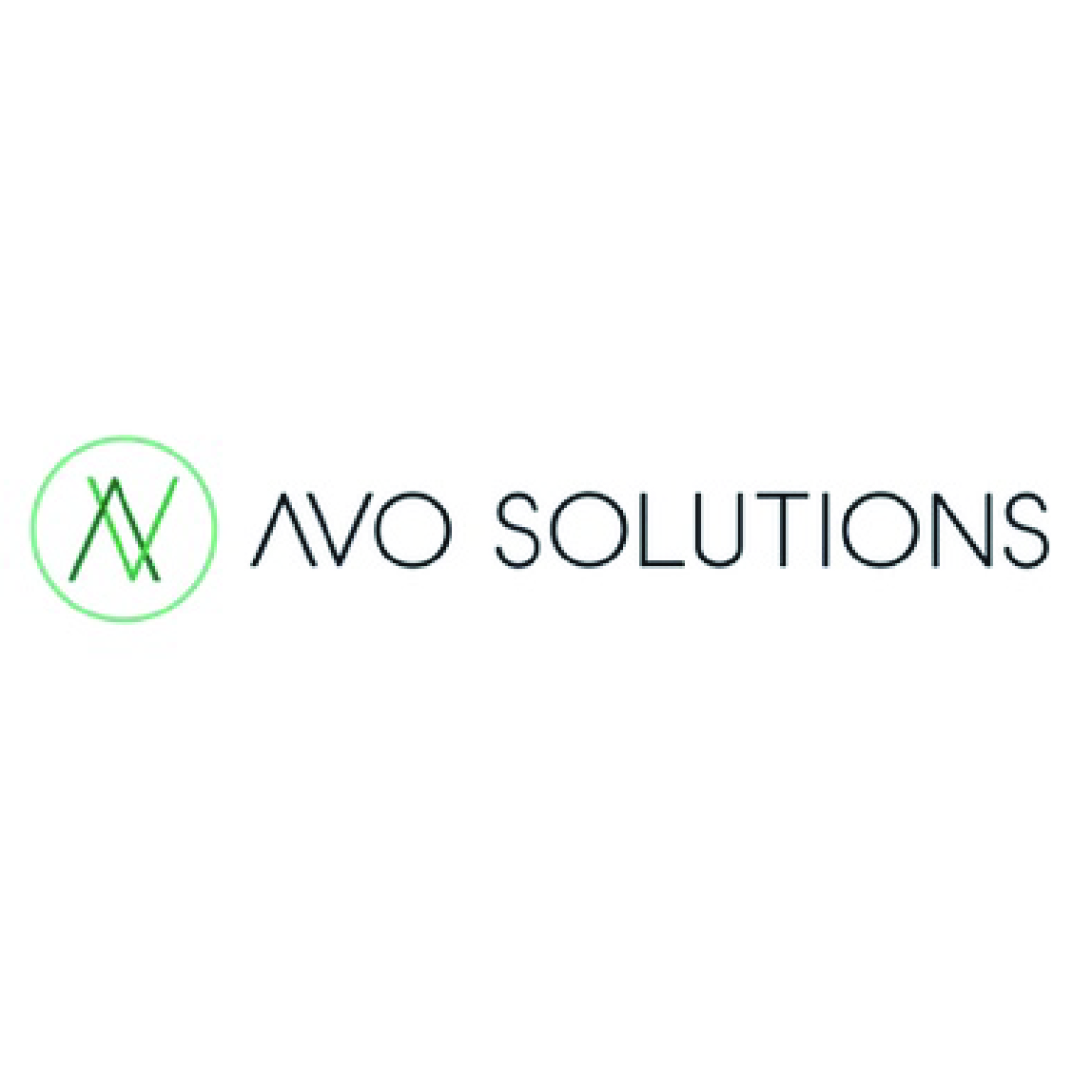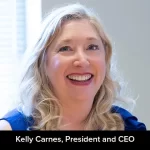For years, academicians, managers, and consultants, realizing that transforming organizations is difficult, have dissected change management extensively. It is true that managing change is tough, but part of the problem is that there is little agreement on what factors influence transformation initiatives the most. While few believe that factors like culture and leadership affect change management, others believe in external factors like technological, economic, political, social, and legal issues.
Addressing these challenges, Avo Solutions offers its unique services in strategy development, managing large program implementations, and changing organizations through change management, program metrics, and training. The organization brings over 25 years of experience working with 250+ clients, including governments, nonprofits, small and medium-sized businesses (SMBs), and Fortune 100 companies in the US, Canada, the UK, and Africa.
Avo Solutions offers its unique services in strategy development, managing large program implementations, and changing organizations through change management, program metrics, and training.
Jenifer Namestka, CEO of Avo Solutions, was with the CEO Views team to share their organization’s journey and how they are steering the industry.
How it all started
Speaking about the days of its inception, Jenifer said, “I founded Avo Solutions after realizing how my approach to client engagement was dramatically different from mainstream consulting. I began consulting in early 2000 with a boutique, family-owned firm in Washington, D.C. They were led by two strong women and their military veteran father and were influential in shaping my early career. They taught me that a consultant’s job was more than just showing up to meetings. Instead, I was to provide value to my clients, ensuring their satisfaction with positive outcomes. I learned the importance of delivering tangible results—not just glossy PowerPoint decks. “
In 2005, Jenifer joined a global virtual communications company to build a consulting division. She identified their target client, created go-to-market strategies, developed services, and hired a team. She started using the techniques she had mastered to measure impact, deliver tangible outcomes, and ensure client satisfaction. For the first four years, they had year-over-year growth, met their performance goals, and had a vibrant, connected team. Then the company was acquired by a large technology firm, and the delivery approach didn’t align with the corporate vision. They tried to demonstrate to the new leadership that the services and methodologies were scalable, based on best practices, and provided measurable value to the clients. But their thinking was just too different.
One of the biggest disconnects was, how to define project success. Their team defined it as the value they delivered to clients. The new firm defined it as achieving the contract deliverables on schedule. Eventually, they were able to showcase their approach to the Board of Directors. These efforts enabled the special project to gain more traction in 90-days than it had in the last 18 months. That experience gave Jenifer the validation she needed. In 2011, when the company had massive layoffs, she knew it was time for a change. Jenifer left, and Avo Solutions was born.
Challenges in the industry
Challenges are a part of the journey for any organization or industry in general. Right now, one of the biggest challenges for Avo Solutions is that many of their clients have become disenfranchised with virtual learning and hybrid workplaces. But they still believe in the value of using technology to support a flexible work environment. Looking back, the pandemic urgency and the rapid stay-at-home orders meant proper planning and infrastructure weren’t established before the wholesale transition to working from home. Some of their clients had negative experiences with leadership, virtual technologies, and team engagement in the chaos of having to unexpectedly shift their workforces to fully remote and online. Objectively evaluating the parts of a hybrid workplace that are working while acknowledging the shortcomings has been difficult for many.
As businesses move more intentionally to permanent hybrid workplaces, they need to focus on three key areas to ensuring long-term positive impact. To be successful in a hybrid workplace environment, they need to
- Clearly define what worked and didn’t work through an honest dialog with their
- Rebase the organization’s leadership, performance expectations, and
- Plan for the transition with more time, thoughtfulness, and buy-in from
Trends in the market and their impact
There are various factors that have an impact on how organizations conduct their business. COVID-19 quarantine requirements created real and immediate opportunities and challenges for the clients of Avo Solutions. Thankfully, they had experience in e-Learning and virtual collaboration, so they were well positioned to not only support the client’s virtual workplace needs, but also serve them virtually.
Their clients were experiencing a host of new challenges and pressures. Many moved their entire workforce to virtual and remote work almost overnight. This created unintentional stress on the network, causing infrastructure glitches and productivity issues, and creating new collaboration dynamics. There is no doubt that long-term strategic planning for the work environment was minimal or nonexistent during the first few months of quarantine. The situation they found themselves in was unprecedented and no one knew what the new normal would look like.
At Avo, they buckled down and focused on moving clients’ projects forward. One client win during quarantine was their ability to successfully convert a client’s go-live SAP training to virtual instructor-led training (vILT). However, the tools were overwhelmed by the sheer number of new users and the experience wasn’t optimal. They also had to be cognizant of the real-world stressors their target audience was facing, including school closures and increased health risks. They continued to enhance the vILT materials and delivery approach and, 6-months later, achieved 104% of the knowledge transfer goal, a 26% improvement from the initial go-live training goals.
Approach to solving clients’ problems
Change management has been a serious problem for companies recently. The approach that they adapt can really make or break the future of the company. When asked about their approach to solving this issue, Jenifer said, “There are many different approaches to change management. While some firms focus their frameworks on people or technology, we focus on the business process. We start by defining the current and future state and then go to work on identifying roles, ownership, technical and non-technical steps, triggers, and decision points. We use a combination of Kotter, PROSCI™, and the Philips Business Alignment Model™ methodologies to inform our work. We evaluate change management success based on measurable, tangible results and routinely track metrics in the areas of organizational readiness, leadership, training, and communication.”
With systems implementation, technical teams can overlook non-technical steps. Avo finds that non-technical issues (or gaps) often create the largest barriers to adoption. By applying change management methodologies to all the steps in the process, they can identify those gaps and begin to address and correct specific issues. With this approach, they’ve helped stakeholders remove barriers in a systematic way and make real process improvements, like shortening the time it takes to train users.
Standing out from the competition
From the beginning, Avo has been different from big firms. Jenifer’s background is in education, and she realized that for them to survive, they had to educate potential clients and partners on the value of their approach. They needed to create and communicate a clear and compelling story about how they use best practices in training, communication, change management, and implementation, as well as dashboards and metrics tracking, to provide measurable outcomes for clients. They continued to grow and innovate, sharing their thought leadership in whitepapers, case studies, and industry speaking engagements. Along the way, they’ve been creating a dialog and showcasing what makes them unique—and a great partner for other firms. Their know-how and solutions are often the “mortar between the bricks” as part of large multi-year, multimillion-dollar client solutions.
Innovations
Innovations often define the path an organization is going to walk down. Prior to launching Avo Solutions, Jenifer helped implement large IT initiatives in the private sector.
When Avo launched, they targeted local government clients so their teams could work locally with minimal travel. They started researching where their expertise, products, and services could add value to state agencies. One of the first things they noticed was a cultural difference that required a slight adjustment in how they framed the value of the solutions.
Their fundamental value proposition remained consistent, but they applied methodologies to vastly different types of projects. In a sense, Avo Solutions took their innovative change management approach and applied it to fresh problems. For example, they recently supported two non-IT projects: a $5 million safety initiative and a $750 million environmental compliance project. They were able to apply their Performance Maturity Model (originally developed for measuring web
2.0 virtual collaboration readiness) to measure the safety program’s annual performance. Applying this model to a non-IT initiative allowed them to use the tool to create meaningful collaboration with stakeholders and drive program adoption through shared ownership.
They used the findings to prioritize the project plan and saw an immediate increase in stakeholder groups sharing solutions and synergies among divisions and office locations. They were also able to track and report performance on an annual basis, something they hadn’t done before. Overall, they found that the tool added value to program management, reporting to stakeholders, and team engagement. They didn’t know about many of these benefits when they only used the tool to set up IT implementations.
A Roadmap for the Future
Curious to know what the management at Avo Solutions has planned for the next few years, we asked Jenifer, to which she replied, “This is our eleventh year in business, and we just signed our 38th contract. We continue to add municipal, federal, and private sector clients that need help with small- or large-scale change management, program implementation, or organizational learning initiatives. Whether organizations are just getting started defining program objectives or in the middle of complex and ambitious multiyear implementations, we have the experience, tools, and methodologies to help. We also enjoy partnering with larger firms to provide specialized support. To support our growth, we are thoughtfully adding new consultants who value balancing work-life commitments. Many of our consultants have advanced degrees and deep experience in the private sector. They enjoy the challenges and opportunities of doing meaningful work with government entities.”












